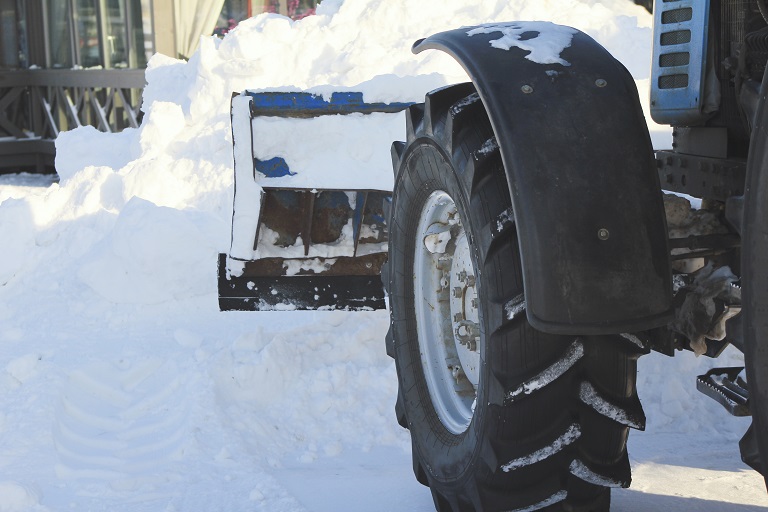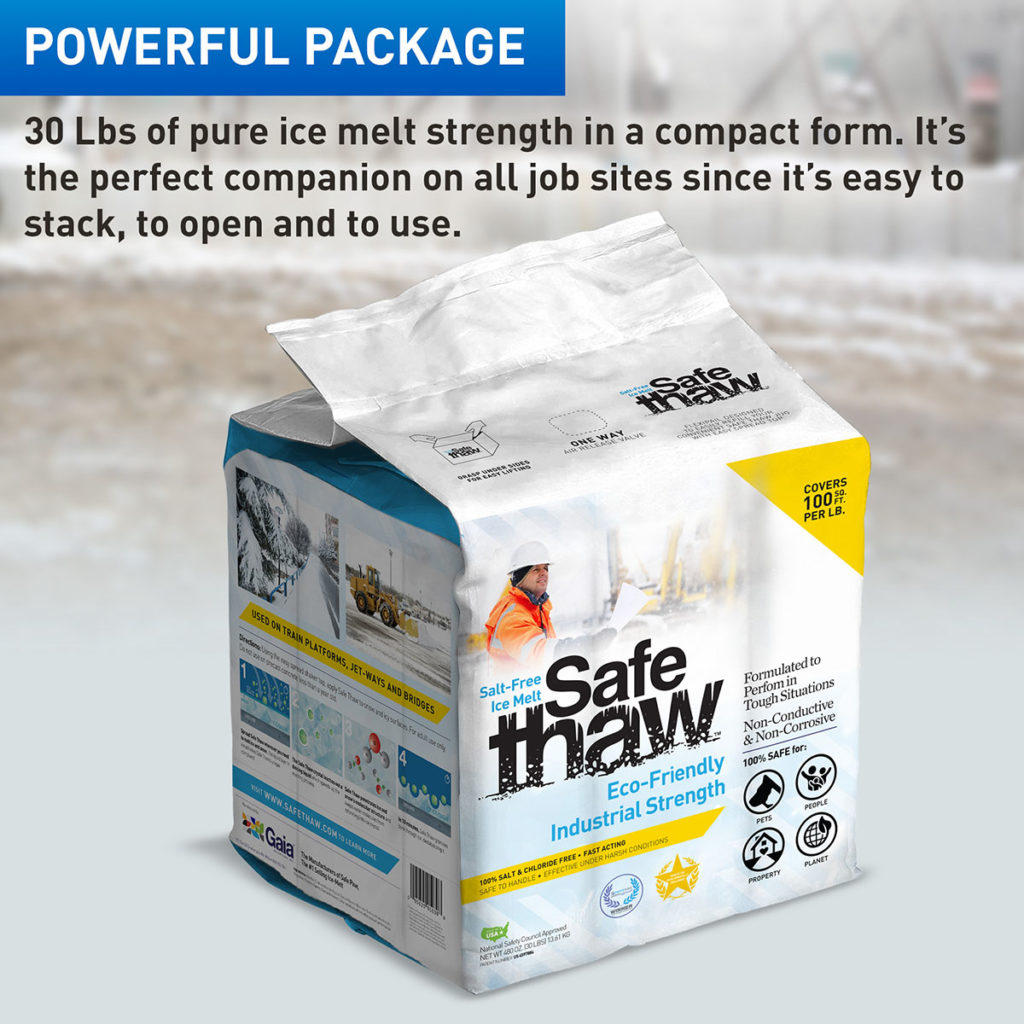Stains On Concrete: Causes And Cure

If you have a concrete surface, you may be wondering how to clean stains from it. Concrete can be stained by many different things, so knowing what type of stain you have and what caused it is the first step in finding the proper cleaning solution. In this post, we’ll discuss some common causes of stains on concrete so that you can determine what your next steps should be for cleaning them off. We will also discuss whether magnesium chloride ice melt is safe for concrete or not.

Safe Thaw
Safe Thaw was created as the ice management solution for tough winter environments. Ideal in commercial and industrial properties, shops, government agencies, bridges, and construction.
Causes Of Stain
A common cause of stains on concrete is due to snow. When it rains, the water will run down the sides of your home and onto your driveway. If you don’t clean up that water, it will stain your concrete and leave unsightly marks. Snow is a similar problem because when it melts, the collected water drips down the side of your house as well. This can happen even if there isn’t much precipitation in the winter time simply because cold temperatures cause ice to form on any surface.
Even though it’s hard to stop, proper cleaning will prevent the buildup that usually makes it harder to clean marks. Moreover, removing these marks from a worn-out or salt-damaged driveway is difficult. Salt corrodes the concrete and makes it susceptible to further damage. Therefore, knowing what is safe for concrete to melt ice is vital.
Cleaning Stains From Your Concrete Driveway
- Clean your driveway using a broom to eliminate leaves, soil, and other loose dirt. So you will be able to see the marks you are working with.
- Splash plain water on the marks and wait 2–5 minutes for the water to soften the stain. Then, you can use a deck brush to scrub. Later, rinse with water.
- Mix dish soap and water together, rub the mixture on the stain and let it sit for 5 minutes. Next, scrub it with a bristle brush and rinse it with water. If the soap can eliminate grease, the marks should immediately come off the concrete.
- A concrete cleaner or degreaser can help remove the marks if they are still there. Apply any of it and let it sit for 15 minutes. Then, use a soft bristle brush to scrub the surface. Finally, use a garden hose to wash the stains away.
- As a last resort, you can use a pressure washer with your concrete degreaser to clean up marks on concrete.
Is Magnesium Chloride Ice Melt Safe For Concrete?
If you’re thinking about using magnesium chloride ice melt to melt ice on your concrete driveway, think again. Because this chemical is corrosive, it can damage the surface of your concrete.
If MgCl2 remains on the ground for too long (or if you apply too much at one time), its effects could be devastating: not only will it cause discoloration in some cases but also permanent damage to your driveway!
Safe Thaw: A Concrete-Safe Ice Melt
Safe Thaw is a patented compound with two effects. First, the liquid starts melting the ice right away and breaks up its surface tension at the same time. It makes it easy for the crystal core to quickly break through the ice and make it less stable, which speeds up the melting process. It is happening while Safe Thaw’s traction agent keeps people from slipping. Safe Thaw draws heat, which makes it work even better.
100% salt & chloride-free, fast acting Ice Management Solution
Conclusion
I hope this article has helped you understand what can cause stains on concrete, as well as how to remove them. If you have any questions or comments please feel free to leave them below!
Try Also Our Other Winter Safety Products:
Safe Paw
The Original and #1 Selling Pet and Child Safe Ice Melt for over 20 years. Guaranteed environmentally safe –It won’t harm animals or children, and it won’t damage your property. That’s Safe Paw. Safe Paw can change how winter affects our planet.

Walk On Ice
The handy disposable canister can be taken everywhere, with the same 100% naturally occurring minerals that provide instant traction on ice or snow. Use it on sidewalks, steps, or as an instant traction agent for your car.



